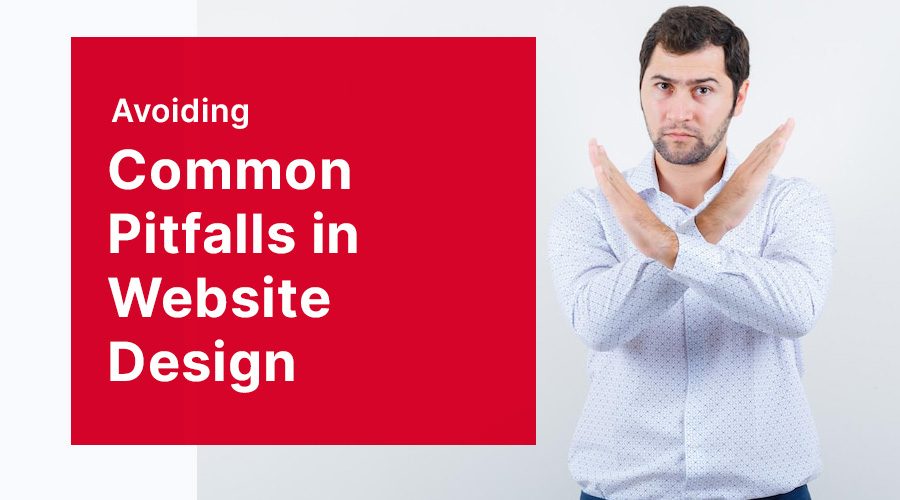Introduction
“Hey there! Have you ever felt like you’re falling into a rabbit hole when it comes to designing a website? Yeah, I know that feeling. It’s a wild world out there with a ton of options, tools, and trends. But you know what? Avoiding common pitfalls in website design isn’t as tough as it seems. Let’s journey together through this roadmap, helping you to keep your site looking fresh, user-friendly, and ultimately, successful. Are you with me?”
Table of Contents
- Understanding Your Audience
- Avoiding Cluttered Design
- Overlooking Mobile Design
- Ignoring SEO
- Forgetting About Loading Speed
Understanding Your Audience
Now, picture yourself in a market. You’re selling the most exotic, tantalizing fruits imaginable, but you’ve set up shop in a neighborhood that only eats apples and oranges. Doesn’t make much sense, right? That’s what happens when your website design doesn’t resonate with your audience.
Your website is like a market stall – you need to display what your customers want, or else they won’t bother coming in. To avoid this pitfall, research your audience, understand their preferences, and reflect those insights in your design. Remember, your website isn’t for you – it’s for your users.
Avoiding Cluttered Design
Have you ever walked into a room filled with so much stuff, you didn’t even know where to start looking? That’s exactly how users feel when they land on a cluttered website.
Your website is like a well-organized room. It should be clean, well-lit (or should we say, well-colored?), and each item (or element) should have its proper place. Avoid stuffing too much information or too many visuals into one space. Simplicity is the ultimate sophistication, and in the case of web design, less is often more.
Overlooking Mobile Design
Imagine if your favorite book was printed in such a way that you could only read it when sitting at your desk. Not very practical, is it? In the same way, a website that isn’t mobile-friendly is like a book that’s too cumbersome to read.
With the majority of web traffic now coming from mobile devices, overlooking mobile design is a fatal mistake. A responsive design that adapts to various screen sizes will ensure that users can easily navigate your website, whether they’re on a desktop, tablet, or smartphone.
Ignoring SEO
If a tree falls in the forest and no one is around to hear it, does it make a sound? Similarly, if a website is beautifully designed but not optimized for search engines, does it make an impact? SEO might not be the first thing on your mind when you think about website design, but it should be.
SEO is like the compass that leads users to your website. If search engines can’t read and understand your site, users won’t find you. To avoid this pitfall, incorporate SEO best practices into your design, including using keywords, optimizing images, and structuring your site for easy navigation.
Forgetting About Loading Speed
Imagine you’re in a restaurant, and you’ve been waiting for your meal for an hour. You’re likely to get up and leave, right? Similarly, if your website takes too long to load, users will abandon it.
Your website’s loading speed is like the service at a restaurant – it needs to be fast and efficient. A slow-loading site will not only frustrate users but can also harm your search engine rankings. Make sure to optimize your images, limit the use of heavy scripts, and use caching to improve your site’s loading speed.
Conclusion
In the end, great website design is all about user experience. Avoiding these common pitfalls can help ensure that your users feel welcome, understood, and catered to when they visit your website. Remember, at Webnobby, we’re always here to lend a hand in crafting user-focused, SEO-friendly, and responsive websites. You’re not alone in this journey, so don’t hesitate to reach out for expert assistance.


